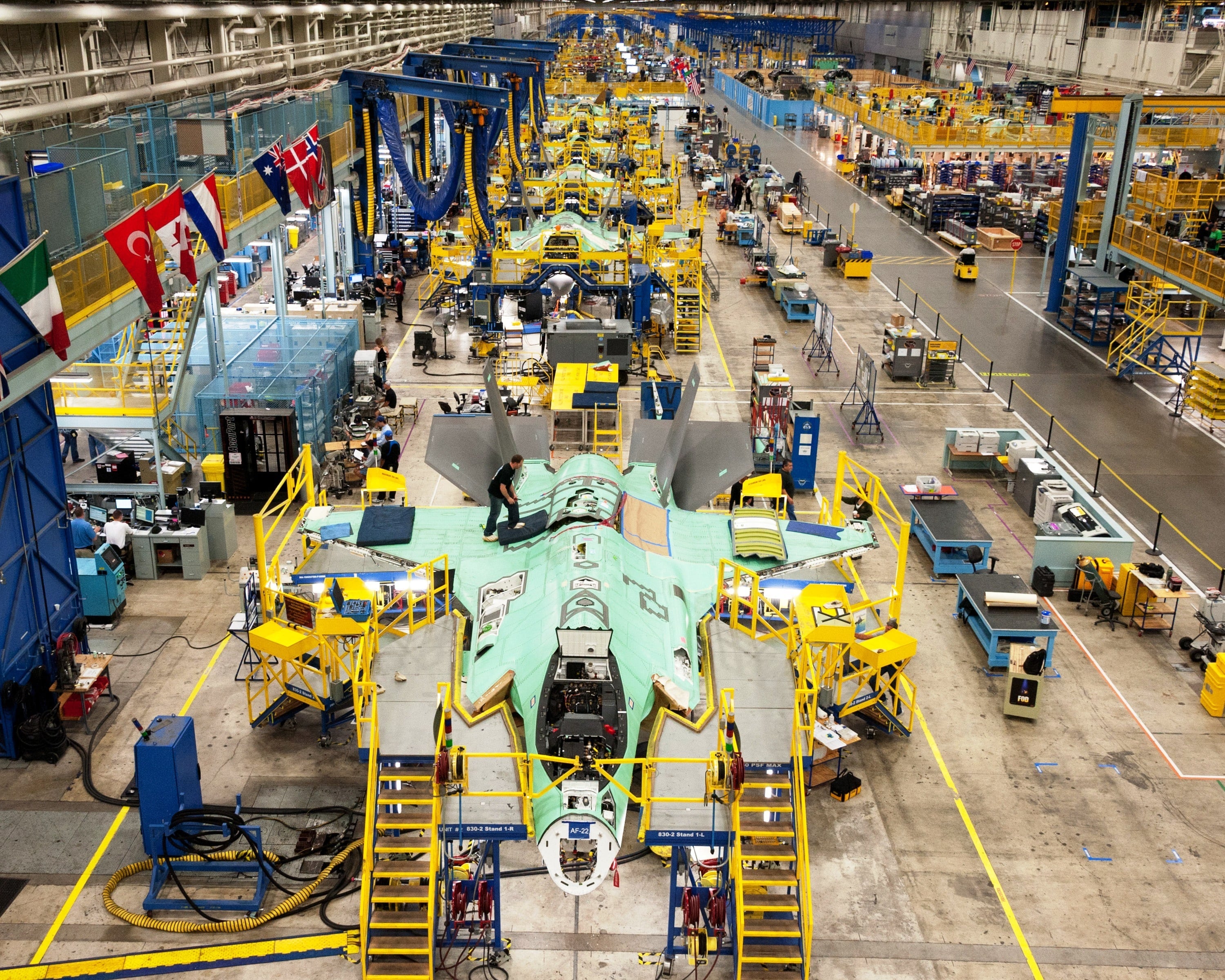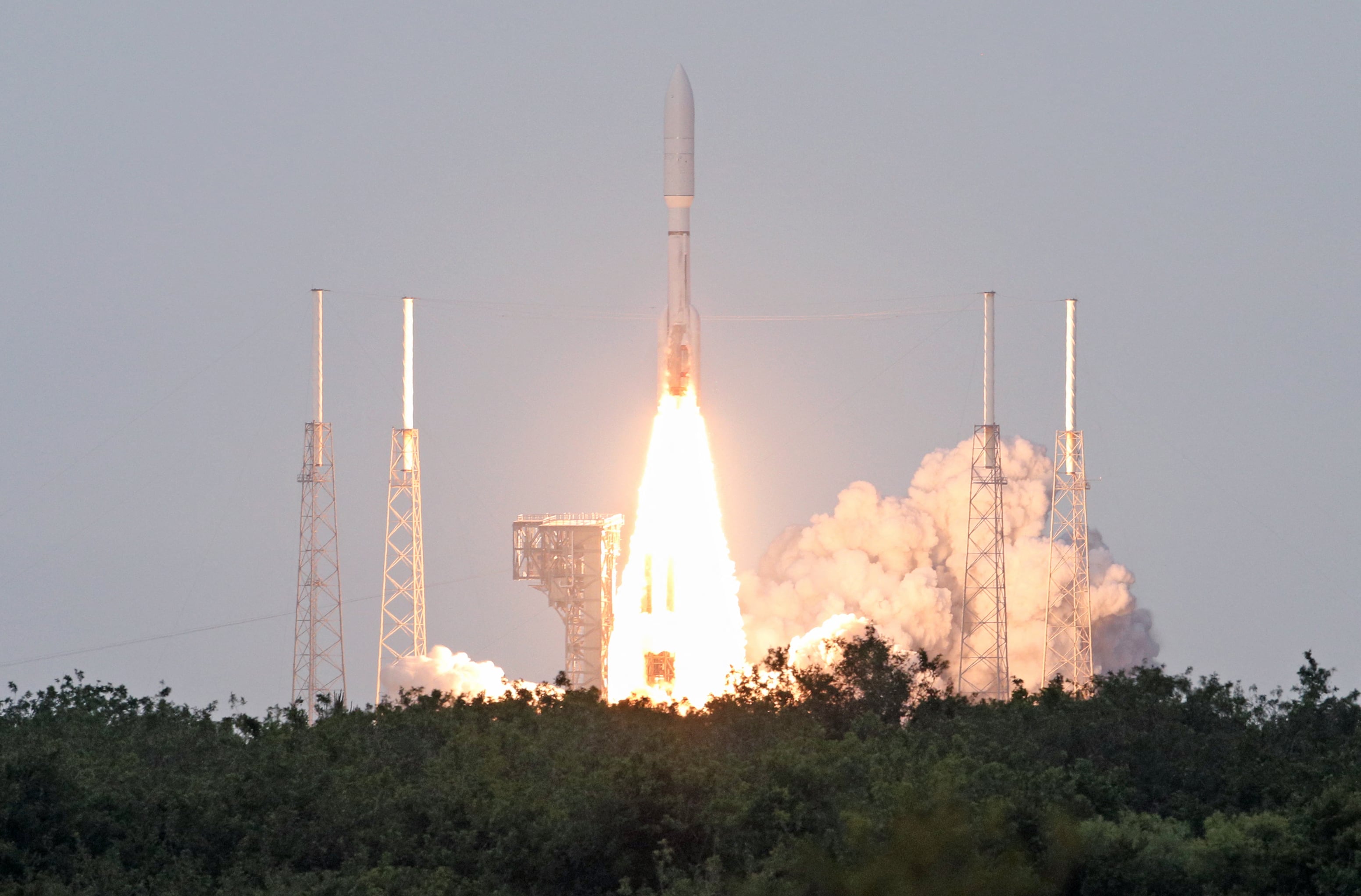WASHINGTON — The Pentagon’s acquisition chief said manufacturing needs to be at the top of mind for the U.S. armed services as they look to increase munitions inventories in the short term and field next-generation systems for the future.
Noting that defense spending is only about half of what it was at the end of the Cold War in terms of percentage of gross domestic product, Under Secretary of Defense for Acquisition and Sustainment Bill LaPlante said Tuesday that the defense sector today is at minimum production rate, or, in some cases, below the rate needed to sustain supply chains.
RELATED

Output is increasing as the Pentagon tries to rebuild stockpiles of munitions sent to Ukraine and create stockpiles of munitions that would be relevant in a fight in the Indo-Pacific. But LaPlante said he’s worried about manufacturing rates more broadly and what that means for the health of the industrial base.
As the services develop next-generation systems such as air dominance fighters with unmanned collaborative combat aircraft, bombers and long-range missiles, LaPlante said the development of these systems is important, but it’s their manufacturing that will keep industry viable.
“What I think we need to do is make sure the next generation of items does production,” LaPlante said at a Center for Strategic and International Studies event in Washington, D.C. “I am the most interested, in hypersonics — even though I love thermal management and I love ablation and I love non-linear flow — I can’t pretend that production isn’t more important than any of that stuff.”
He noted the Air Force is interested in buying at least 1,000 collaborative combat aircraft, and that the Pentagon is interested in multiple thousands of Replicator drones.
“That’s the key number, not that you have a Replicator or a CCA,” he said. “I really believe production is what matters, and everything else follows from that.”
A manufacturing lag is responsible for some of the backlog of foreign military sales to Taiwan, LaPlante said, citing the F-16 program. The U.S. and Taiwan had been able to get from the letter-of-request phase to the letter-of -approval phase, but then got jammed when they got to the actual production of the jets, he said.
The Pentagon is working with Congress to look at a new process that would allow for some advanced procurement funds to be spent earlier in the process, so the manufacturing side could start revving up during a FMS case that’s likely to be approved even while the governments work to formally get to a letter of approval and a contract being signed, with the two happening concurrently instead of sequentially.

LaPlante also said manufacturing was a key concern in looking at a potential war in the Indo-Pacific.
The munitions sector has made good progress in boosting manufacturing rates for munitions relevant in Ukraine — 155mm rounds are being built at double the rate today compared to six months ago. They’ll double again by the spring and then nearly double once more a year later, he said.
But those munitions, while helpful to Ukraine, aren’t the longest-range ones the U.S. would use to fight China or another adversary in the vast Pacific Ocean.
The Pentagon is pushing to get several weapons on multi-year contracts —the Long-Range Anti-Ship Missile, the Standard Missile-6 and the Patriot Advanced Capability-3, among them — that would be important in an extended conflict in the Pacific but for which industry could not keep up a production rate that would match the expected consumption rate.
“We want to do the multi-years because — it’s not a panacea, it will get savings but that’s not the reason we’re pushing it — but it’s because it takes one more reason away from industry to say, ‘I’m not putting my [capital expenditures] against it because I don’t believe you guys,’” LaPlante said.
He said he recently spoke to his counterpart from a close ally, who said their industrial base wouldn’t invest to expand production facilities because they didn’t believe the government was serious about buying more weapons for a sustained enough time to be worth the investment.
LaPlante said the U.S. needed to make that commitment, and multiyear contracts were a good way to demonstrate the seriousness of the situation.
“I like to think a multi-year would help. Once we put up [economic order quantity funding], which is a bunch of the money up front so they [can buy] a lot of the long-lead items, we generally don’t break multiyear contracts in the DoD; we honor them,” he said. “That’s the reason why we want to get to that.”
Megan Eckstein is the naval warfare reporter at Defense News. She has covered military news since 2009, with a focus on U.S. Navy and Marine Corps operations, acquisition programs and budgets. She has reported from four geographic fleets and is happiest when she’s filing stories from a ship. Megan is a University of Maryland alumna.








